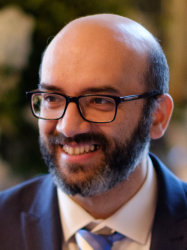BibTex format
@article{Bertaux:2018:10.1098/rsos.172234,
author = {Bertaux, F and Marguerat, S and Shahrezaei, V},
doi = {10.1098/rsos.172234},
journal = {ROYAL SOCIETY OPEN SCIENCE},
title = {Division rate, cell size and proteome allocation: impact on gene expression noise and implications for the dynamics of genetic circuits},
url = {http://dx.doi.org/10.1098/rsos.172234},
volume = {5},
year = {2018}
}

